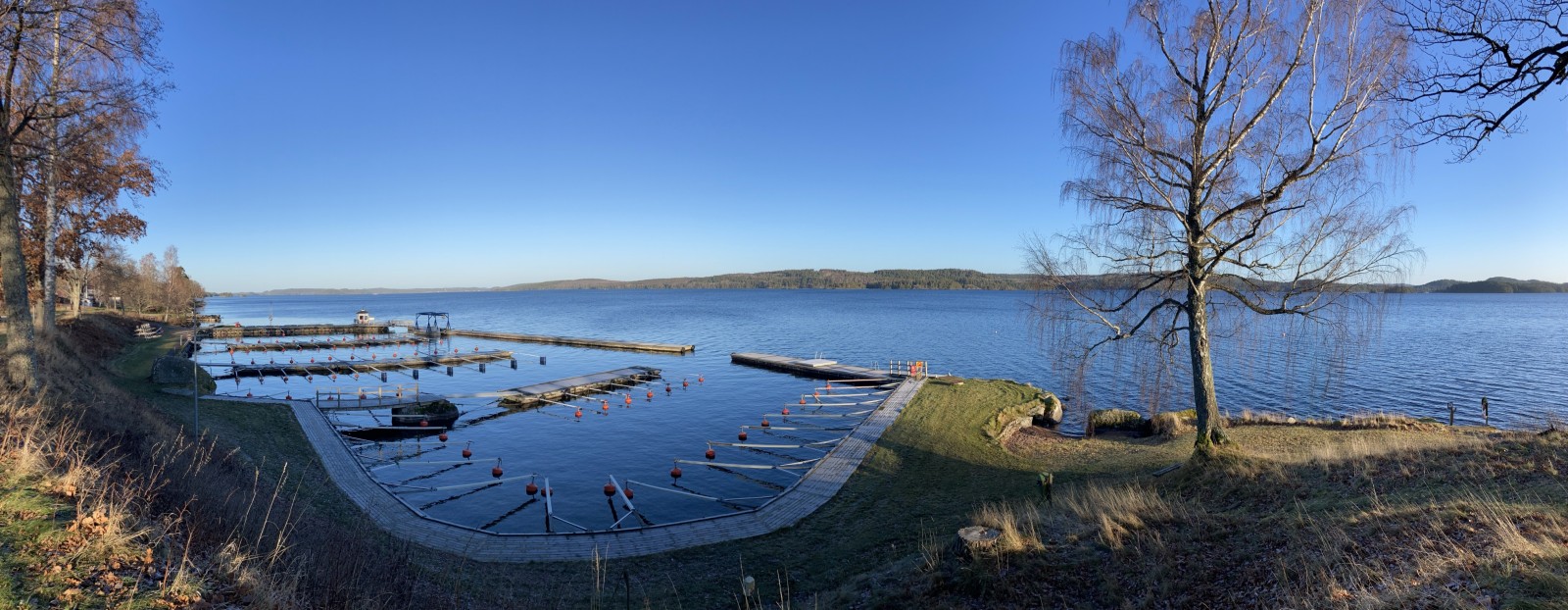Beschreibung
Lake Sommen is quite deep and most of the lake is ice-free all-winter. During this period large amounts of Gänsesäger, Schellente and Haubentaucher winter in Sommen. Sometimes in the hundreds. Among these Reiherente, Höckerschwan, Singschwan, Bläßhuhn, and Sturmmöwe can often be found. The lake is also home to quite a few rarer wintering birds like Prachttaucher, Mittelsäger, Steinadler, Trauerente, Samtente, Eisvogel, Sterntaucher and Lachmöwe.
During the spring migration marine ducks can be found in the lake. At the same time Sterntaucher, and Prachttaucher, arrive at the lake. Prachttaucher breeds in the lake while Sterntaucher feeds in the lake and breeds in small neighbouring lakes. The rare Gelbschnabeltaucher has been seen. Sommen archipelago hosts large colonies of Flußseeschwalbe, Sturmmöwe, Lachmöwe, Silbermöwe, Graureiher and Kormoran. Among these some rare birds like Heringsmöwe, and Küstenseeschwalbe can be seen.
The large decidous forests around sommen especially on Torpön host plenty of quite rare birds like: Zwergschnäpper, Kleinspecht, Tannenhäher, and Waldohreule. Around Sommen there is also old conifer forests around which support large populations of woodpeckers. Wendehals, Grünspecht, Schwarzspecht, Kleinspecht, Dreizehenspecht (very rare), Buntspecht and Weißrückenspecht (extinct in the area) have all been recorded. Other otherwise rare forrest birds found here are: Haselhuhn Auerhuhn, Birkhuhn (Rocks mosse), and Tannenhäher.
During the autumn birds can be seen migrating through the lake. Most common are the doves, finches, terns, and waders. At Rocks mosse Birkhuhn and Auerhuhn breed. At Visskvarn there are rapids where Wasseramsel, and Gebirgsstelze can be seen.
Details
Zugang
The area is quite vast, and has got many places to get a good view of the lake. The area is quite mountanous and a walk can be straining. Click on a P in the map to get directions to that point.



